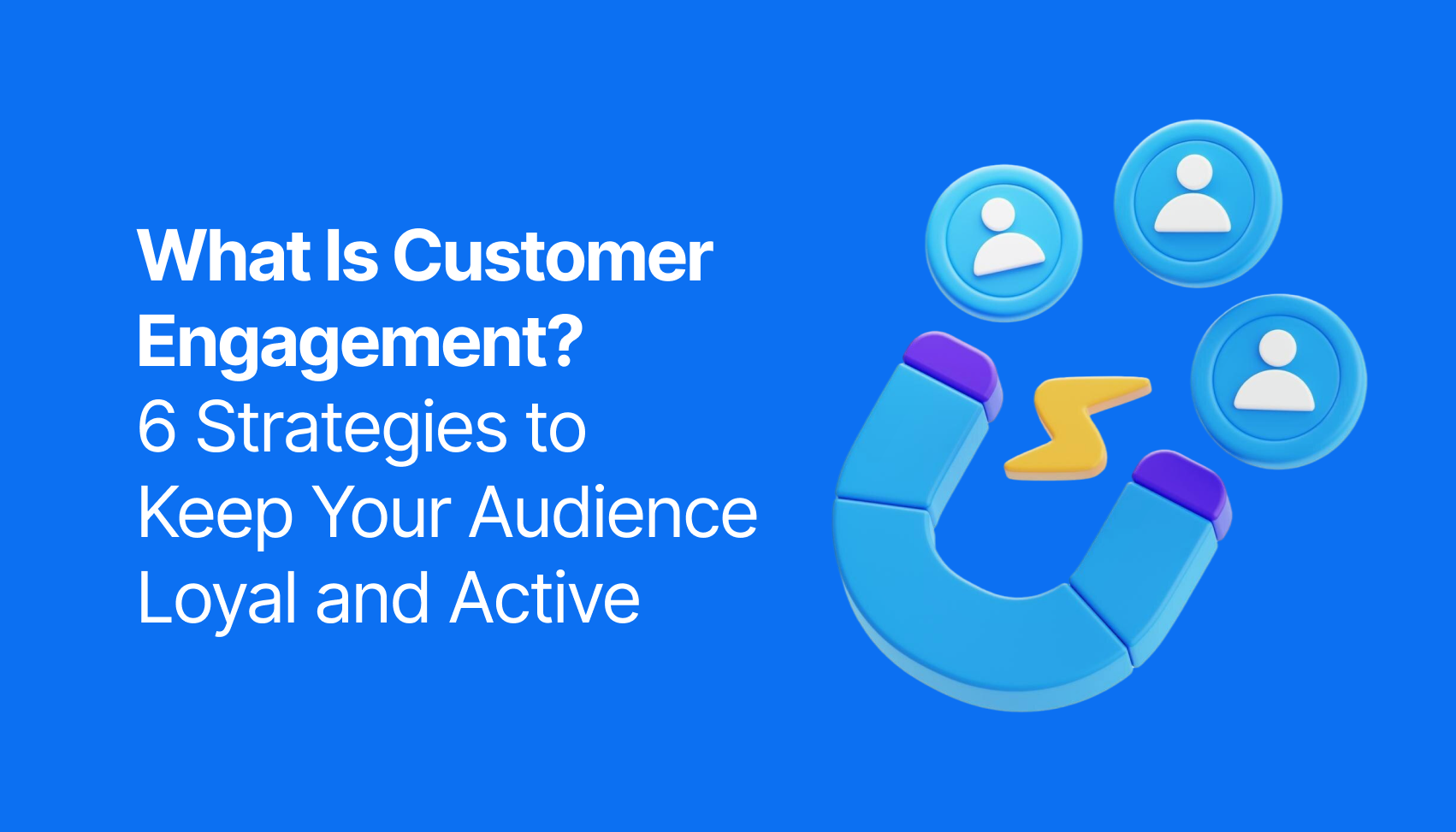
Unless you truly offer a one-of-a-kind product, your customer base can probably find what they’re looking for from any number of your competitors. In 2025, online shoppers have more options than ever to make convenient, affordable purchases fast. Customer engagement, or the positive relationship you build with your customers, is a crucial part of ensuring they want to make those purchases directly from your brand.
And you can’t afford to ignore it: Engaged customers are 23% more likely to spend money with you, according to Gallup.
Keep reading to learn more about customer engagement strategy, see some examples of good customer engagement, and find tips on how to improve your own approach.
Customer engagement is the relationship you build with your customers through various interactions and messaging. It’s ultimately about creating a positive experience that drives loyalty, retention, and profitability.
The goal of engaging customers is to improve customer retention, which is cheaper than acquiring new customers. When you keep engagement at the forefront of your strategy, you can gain valuable insights into what customers think about your products and how your offerings address their pain points.
This journey begins with the initial contact, and it stretches beyond the transaction, in most cases. You can connect with your customers on any number of channels, including social media, your website, community forums, email marketing, and more.
No matter the channel you use, the purpose of customer engagement is to provide your customers with value beyond what you are selling them. A high-quality product attracts customers, but customer engagement marketing is what keeps them coming back for more.
Customer engagement is the strategic delivery of short, meaningful, and tailored messages to consumers. One aspect that differentiates it from other marketing strategies is its tailored approach.
Customer experience (or CX) and customer satisfaction are related and intertwined concepts, but all three are slightly different. Customer experience is how a customer feels about their interactions with your brand, while customer satisfaction is a measure of how well your product meets (or, ideally, exceeds) your customer’s expectations. The chart below outlines the characteristics of customer experience, customer satisfaction, and customer engagement to outline the differences between them.
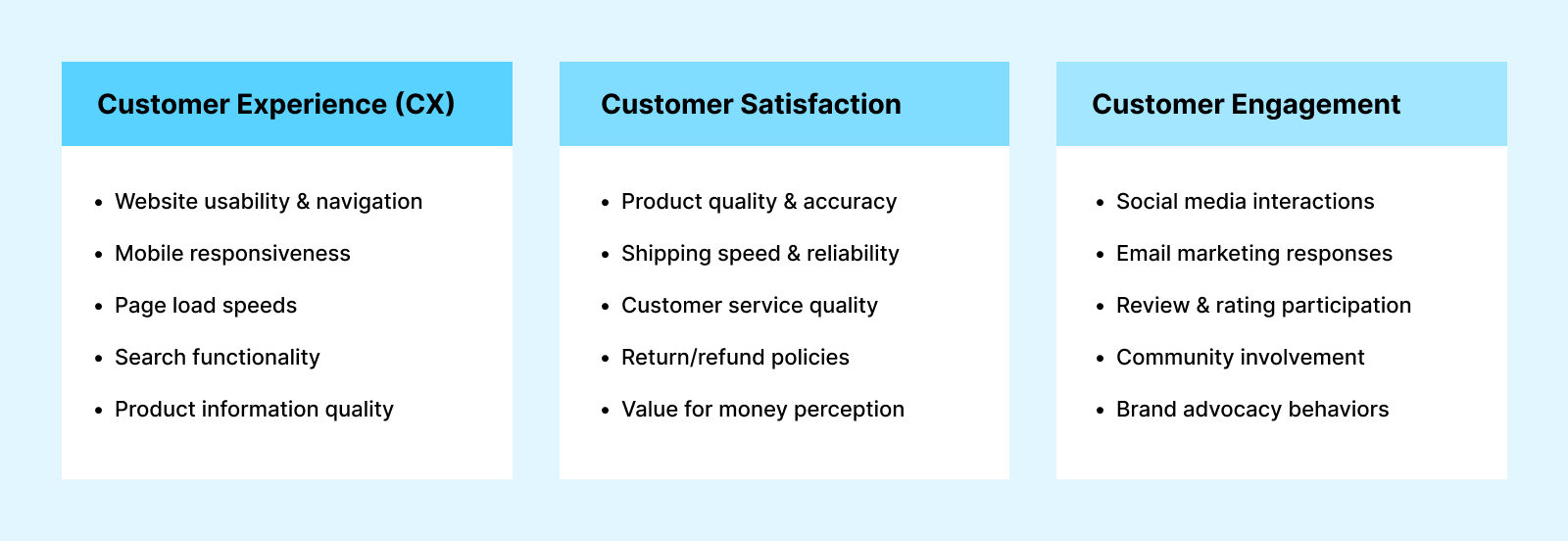
An engaged customer is likely to make a purchase. But there are lots of other ways customers engage with a business beyond purchasing.
Here are a few customer engagement examples:
Enhancing customer engagement at every touchpoint has significant benefits for the bottom line of every business. Here’s why customer engagement is important:
Now that you have an idea of why ecommerce customer engagement is so important, consider some of the best practices that increase customer engagement.
Personalization, or crafting your messaging to feel tailor-made for each individual customer, increases revenue by up to 5.7 times, according to the American Marketing Association (AMA). Essentially, your emails stand out and are more memorable if you take a personalized approach.
But you can deliver personalized experiences by leveraging customer data on many different channels. And thanks to various customer service automation tools, you can still deliver a sense of personalization at scale.
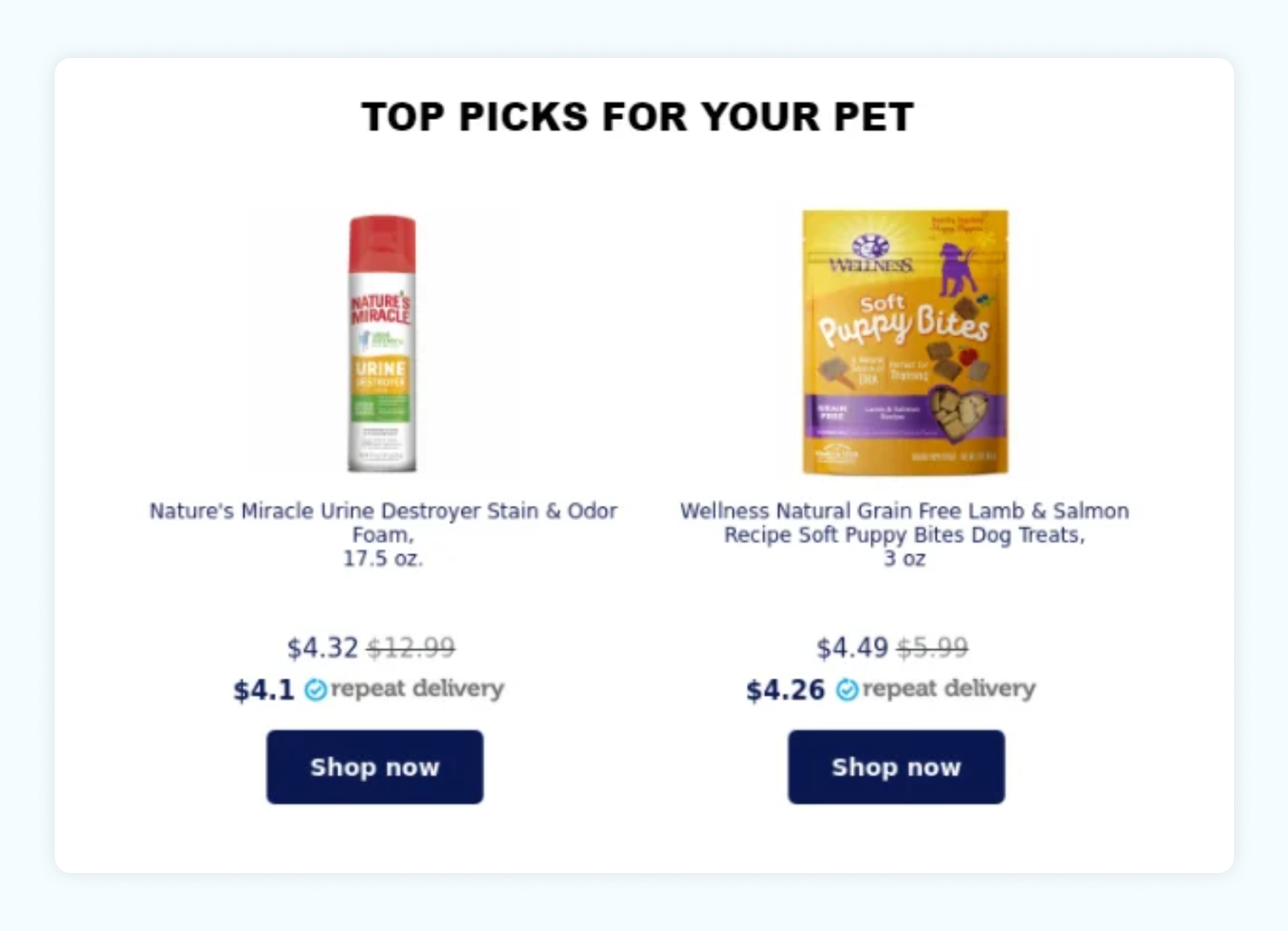
When you’re choosing which channels to use for customer engagement, it first helps to make sure you’re clear about what you want to accomplish. When you establish a goal, you’ll be able to craft more engaging messages on the appropriate platforms to help you get there.
For example, social media is an excellent platform if your aim is to improve your brand’s reputation. And an estimated 40% of consumers follow their favorite brands on social media, according to the AMA, so engagement messaging reaches a sizable audience here. Chatbots are the best option if your goal is to provide support.
But don’t stop there: Create an omnichannel experience for your customers, because these days, consumers tend to go from one channel to another when exploring products.
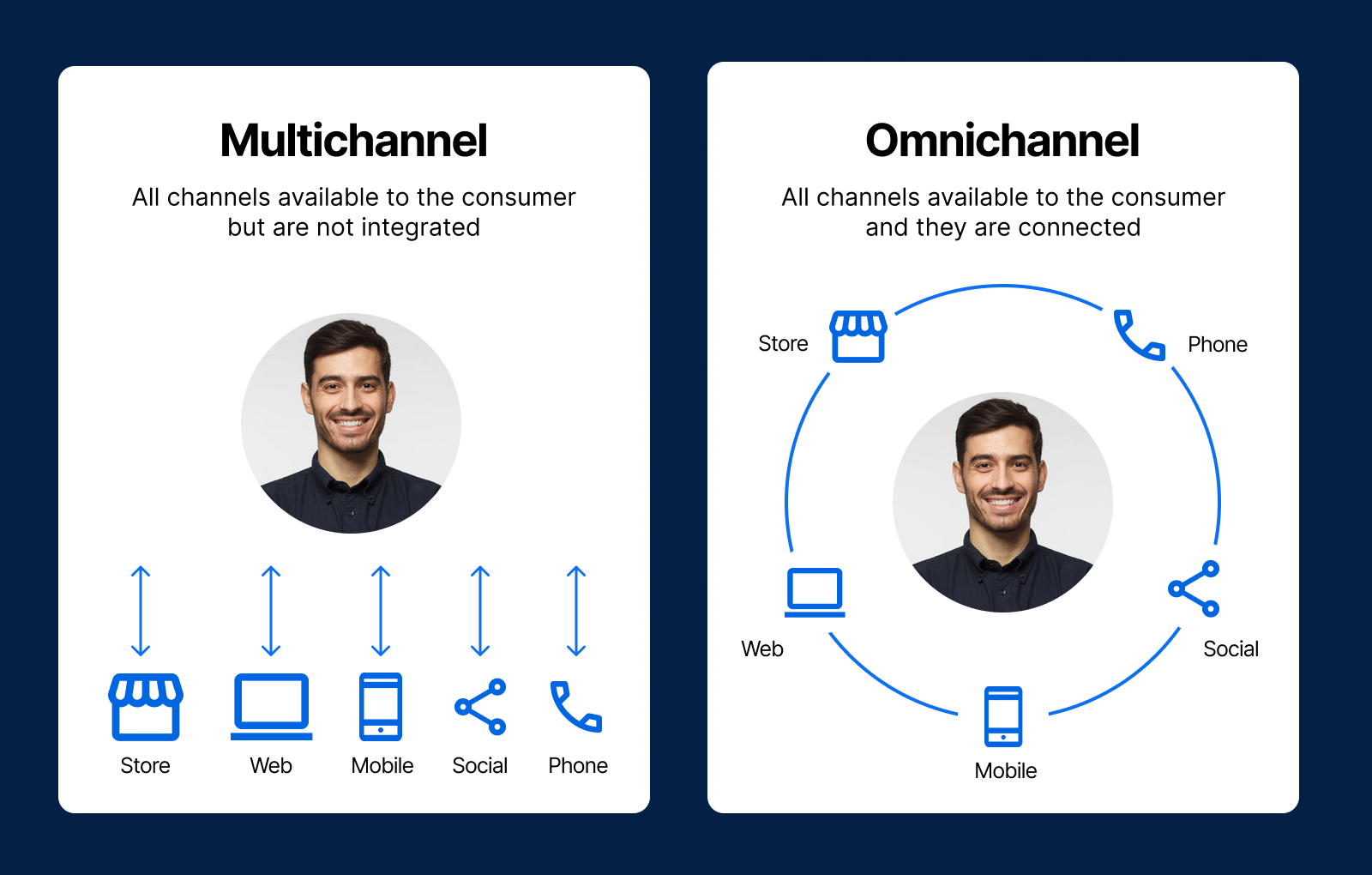
If you’re engaging with your customers on multiple platforms — like social media, email, and blog posts — you can increase the chances that your brand will break through the noise of their saturated feeds and busy inboxes.
Loyalty and rewards programs offer free gifts, discounts, and other incentives to customers that keep them engaged and make them feel valued.
That sense of worth can in turn improve their perception of your brand, leading to higher engagement and retention and a greater chance that they’ll promote or recommend your brand on their own.
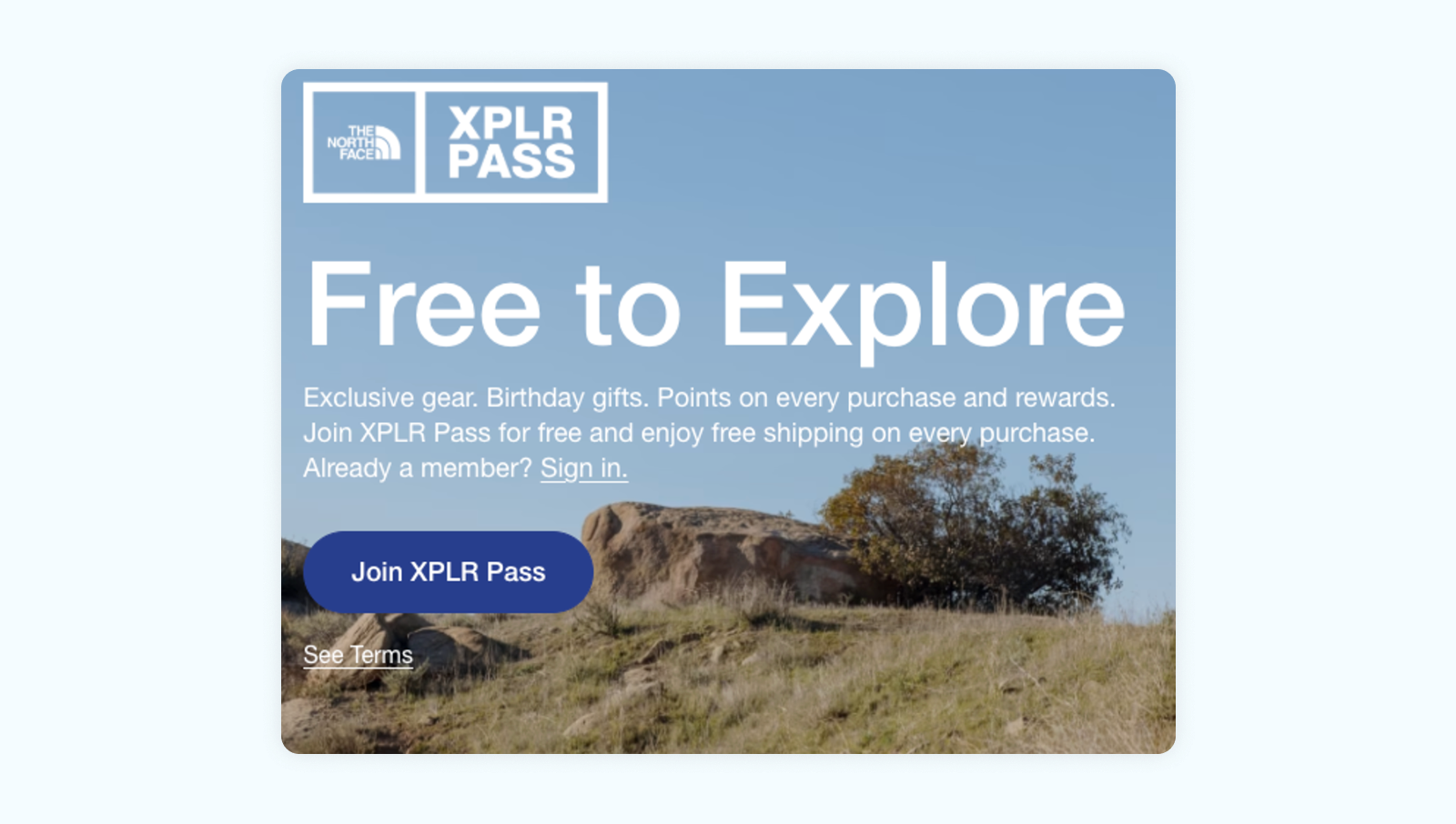
Loyalty and rewards programs foster a sense of community around your brand; loyal customers who enroll in these programs feel in-the-know and part of something bigger than themselves—and more likely to keep supporting you.
Online forums, ambassador programs, and exclusive, in-person events can have similar effects on customer engagement and satisfaction.
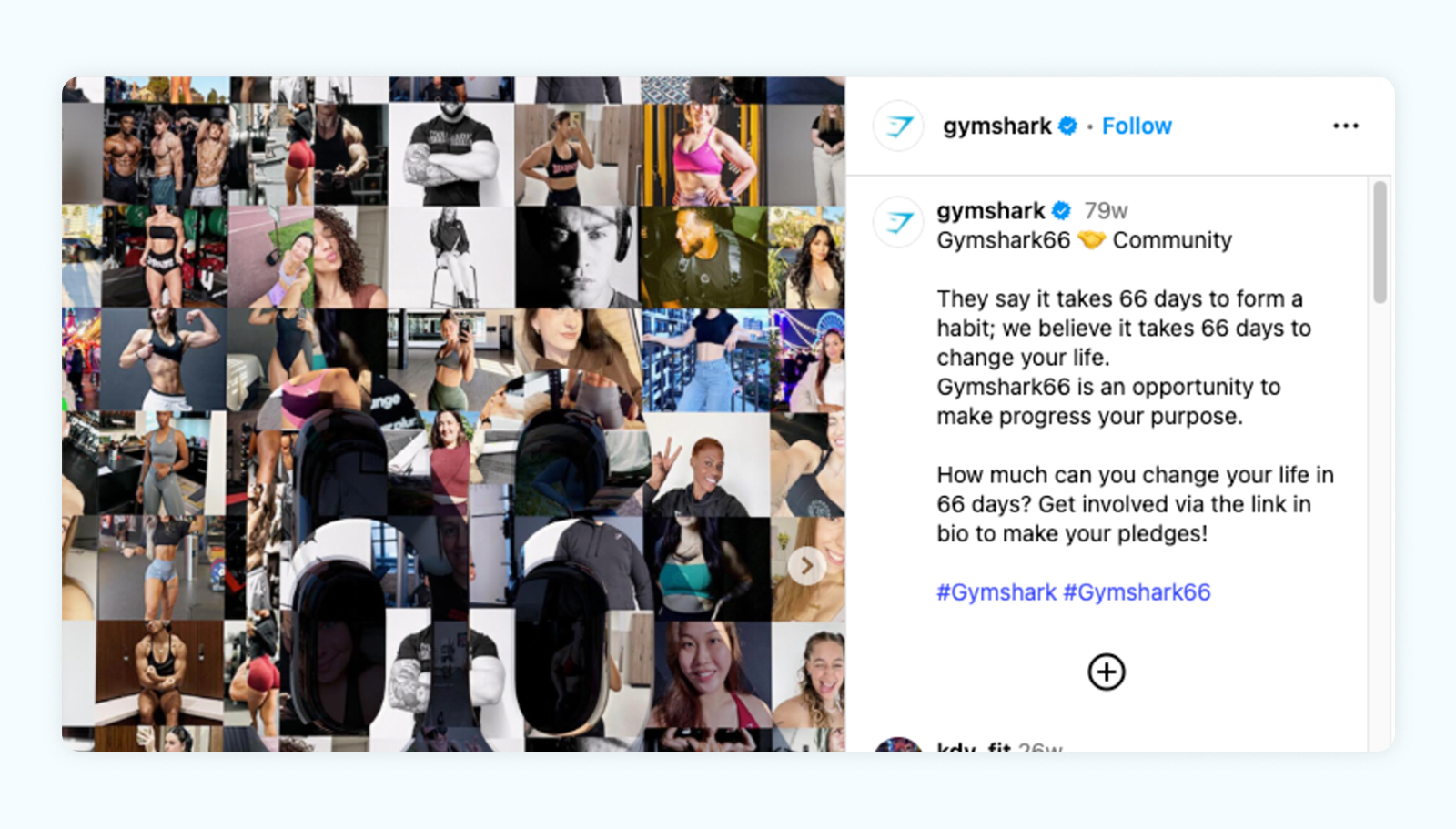
Building this type of community for your customers doesn’t happen overnight and takes intention and commitment. To really succeed here, according to Harvard Business School, your community must give customers:
Routinely tapping into this community gives you more opportunities to keep customers engaged and encourage future purchases.
One of the most critical roles of the customer service team is to provide an open line of communication with customers. Poor service makes customers less likely to stay engaged with a brand.
If your customer always has a pleasant experience with your support team, it’s much more likely that they will want to continue doing business with you. In fact, your customers are 2.4 times more likely to stay loyal to your brand if you solve their problems quickly and 2.7 times more likely to spend more if you communicate clearly, according to Forrester.
There are two major service-related customer engagement tools to consider here:
Many customers prefer live chat over other service mediums because of its immediacy. By using live chat to engage with your site visitors, you can communicate in real time and boost customer satisfaction in the process.
Live chat enables you to proactively engage potential customers, including those who are browsing your products or comparing your prices to other brands. By reaching out through a chatbox, you can answer their questions instantly, which increases the likelihood they’ll convert.
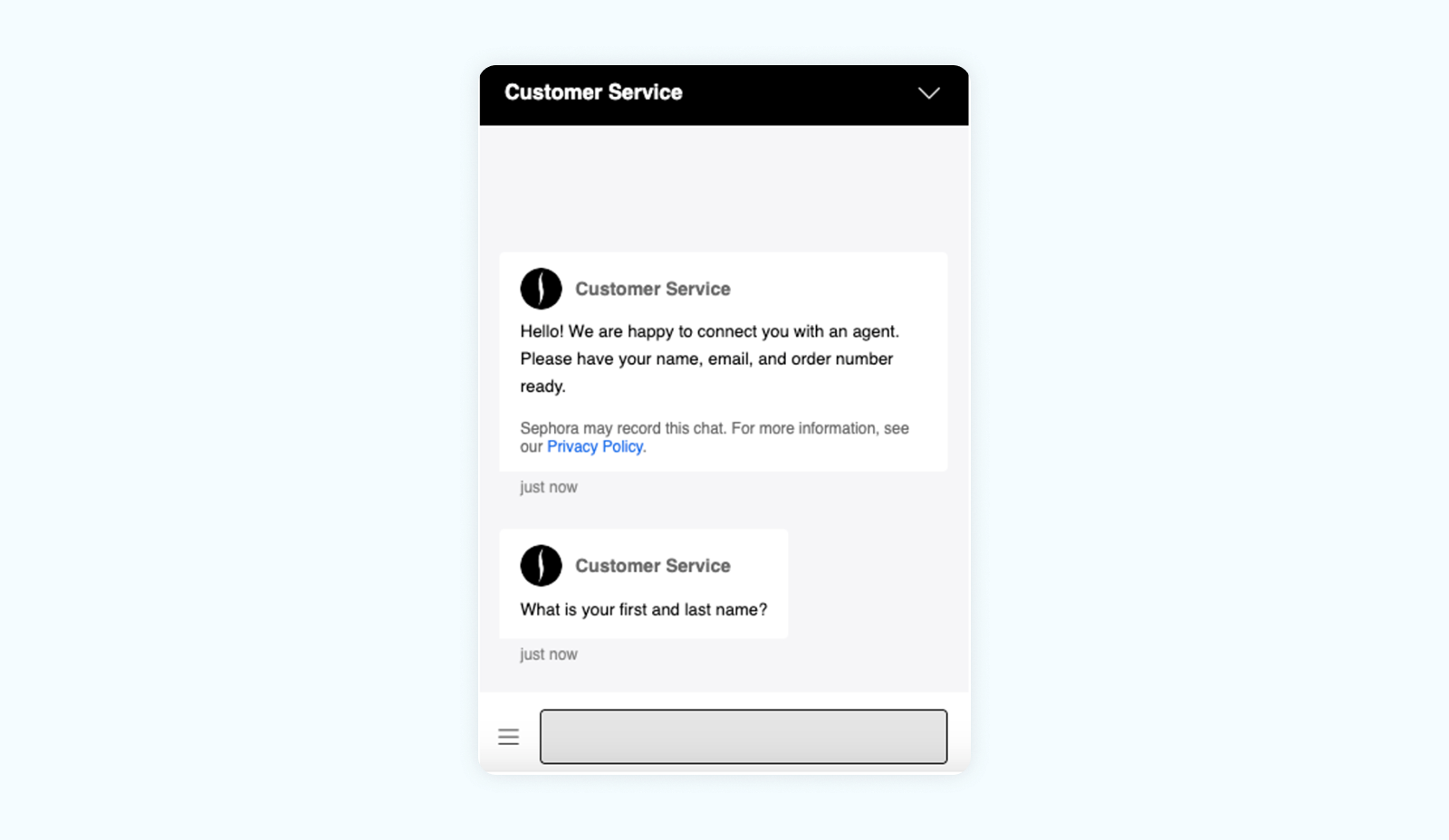
Similar to live chat, chatbots provide instant responses to your customers, except they don’t require a human employee. And that means they can provide 24/7 support.
But don’t worry: Your customers can still get personalized experiences by using your chatbots. If you take the time to train yours, it will analyze previous conversations and purchase data to create high-quality responses that make your customers feel valued.
Chatbots can even recommend specific products and services to your customers that are likely to solve their problems. In the process, they can save visitors the hassle of searching through several pages to find what they’re looking for.
No ecommerce business wants to see customers abandon their shopping cart. Failing to convert that late in the sales funnel results in major losses. But there are simple customer engagement strategies that help minimize this problem.
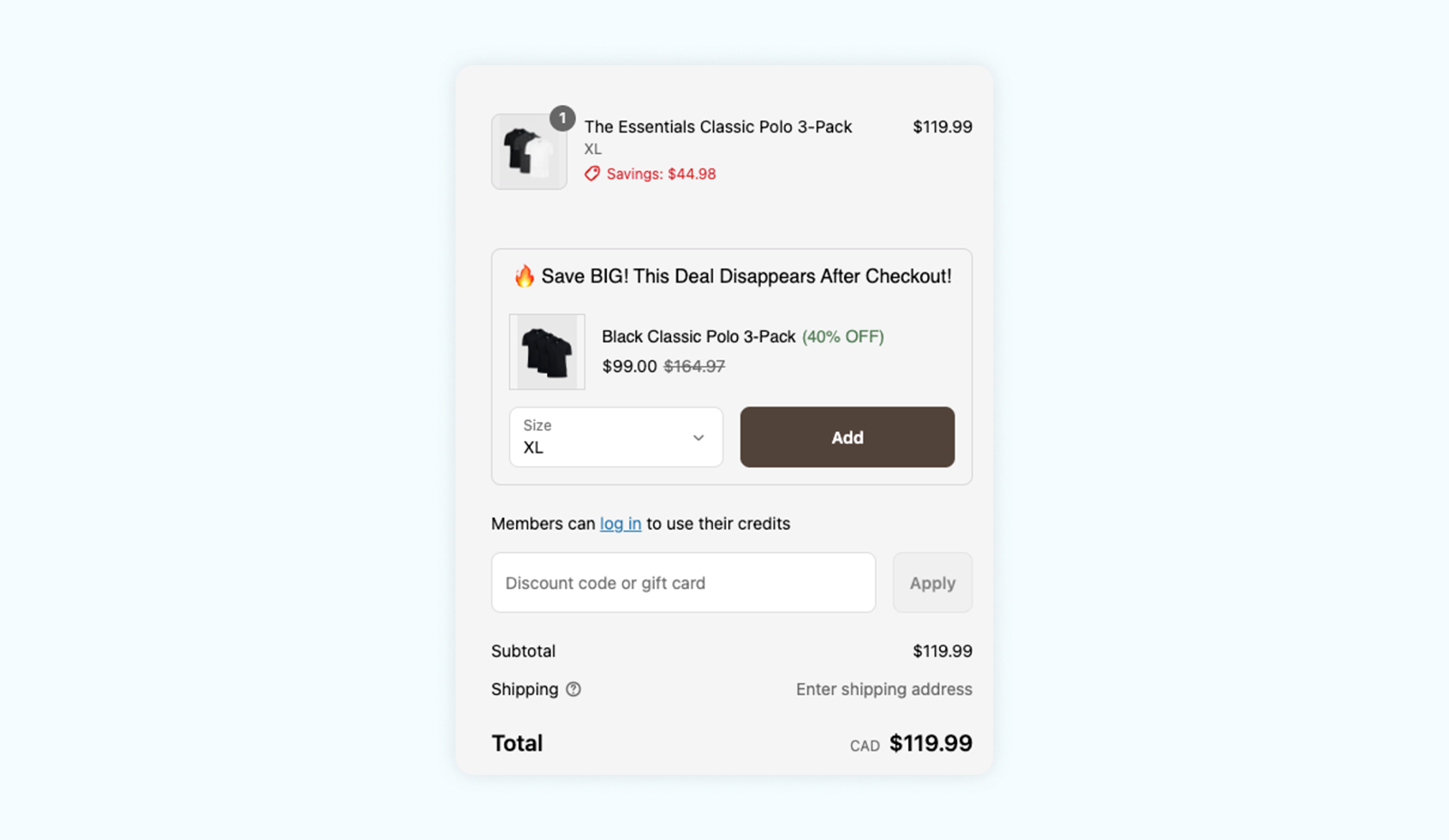
For example:
There are various customer engagement metrics that can help determine if your strategy is working. You can use the following measurements to optimize your customer engagement strategy for better results.
One of the most important customer engagement analytics is your customer satisfaction score, which measures customer contentment and the overall service your brand provides through post-purchase surveys. Customers have the opportunity to give you feedback if they’re satisfied (a score of 4 out of 5, typically) or very satisfied (a score of 5). Your CSAT reflects loyalty and a customer’s likelihood to repurchase.
When you keep your customers engaged, you’re more likely to retain them and less likely to lose them to competitors in the churn of the sales cycle. Customer retention is key, because existing customers are more likely to convert than new customers.
Customer lifetime value measures how valuable a customer is to your company throughout their entire relationship with your brand, which you can use to measure your current success and make future decisions about spending. When you calculate your LTV, you’ll get a sense of how engaged your customers truly are. And improving one is likely to improve the other. (Get a refresher on the difference between customer lifecycle and customer journey.)
Engaged customers are also more likely to interact with your emails, social media posts, website, and SMS notifications. Measuring your click-through rate on these channels can offer valuable insights into how engaging your messaging is and how loyal your customers are.
An engaged and happy customer will spread the word to others about your brand. As a result, you’ll see more leads and sales coming from referrals. You can use a referral code to determine if your referrals are rising or declining.
Your net promoter score is related to your referrals: Your NPS measures how likely your customers are to recommend your brand to others, often on a scale of “unlikely” to “highly likely.” You can then classify your customers into categories such as promoters, detractors, and passives based on their responses.
Think of CES as the opposite of good customer engagement: It measures how difficult it is for your customer to interact with your brand on a scale of 1 (easy) to 5 (very difficult), according to Harvard Business Review. When you’re thinking about how to improve customer engagement, you want to think about removing the barriers that require more effort from your customers.
An ideal bounce rate is low: It measures the percentage of your website visitors who leave after only viewing one page. Engaged customers are more likely to spend more time exploring your site and offerings.
On the other hand, an ideal time spent (also called session duration) is high. This means your customers are engaged and spending longer periods of time interacting with your website, app, or other customer engagement platform.
A relatively simple way to measure engagement is checking your numbers for subscriptions and followers. An uptick in your email subscribers or social media fans can reflect higher customer engagement.
Customer journey analytics involve collecting data about your customers’ activity and behavior. Your analysis of this data—often done through the visual process of customer journey mapping—can help you understand how your customers interact with your products, services, and brand. Armed with these insights, you can make informed decisions to improve customer experience, engagement, and satisfaction.
Let’s look at a few leading brands and how they have succeeded in engaging their customers.
Warby Parker is a D2C eyewear brand that sells most of its products online. In an industry dominated by brick-and-mortar stores, Warby Parker figured out how to disrupt the market by selling directly to the consumer through their website.
Aside from operating on a unique business model, Warby Parker excels in many aspects of customer engagement. Take, for instance, its augmented reality (AR) try-on, which allows customers to virtually test frames without leaving their homes.
Then, there is their free try-on: The company ships several frames of the customer’s choice to their home so they can physically try them on. As each customer receives their home try-ons, Warby Parker sends them trigger emails with fun and straightforward CTAs, which encourage the customer to continue with their purchase.
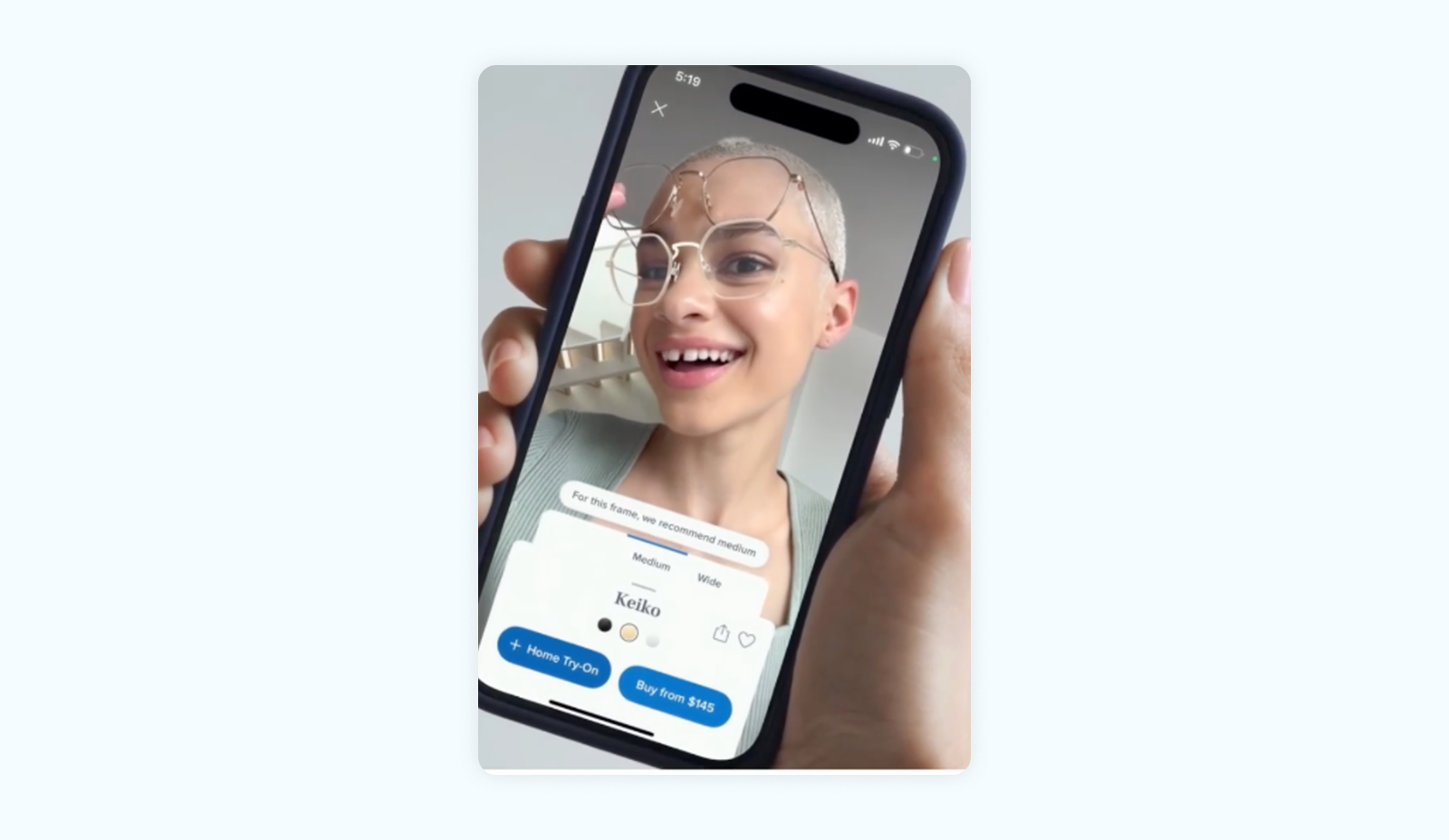
When Triple Whale worked with the makeup and skincare company Ogee, they increased their email and SMS outreach over Black Friday and Cyber Monday, sending 2 to 3 emails and up to 2 SMS messages per day. This resulted in higher customer engagement and a 200% increase in revenue year over year.
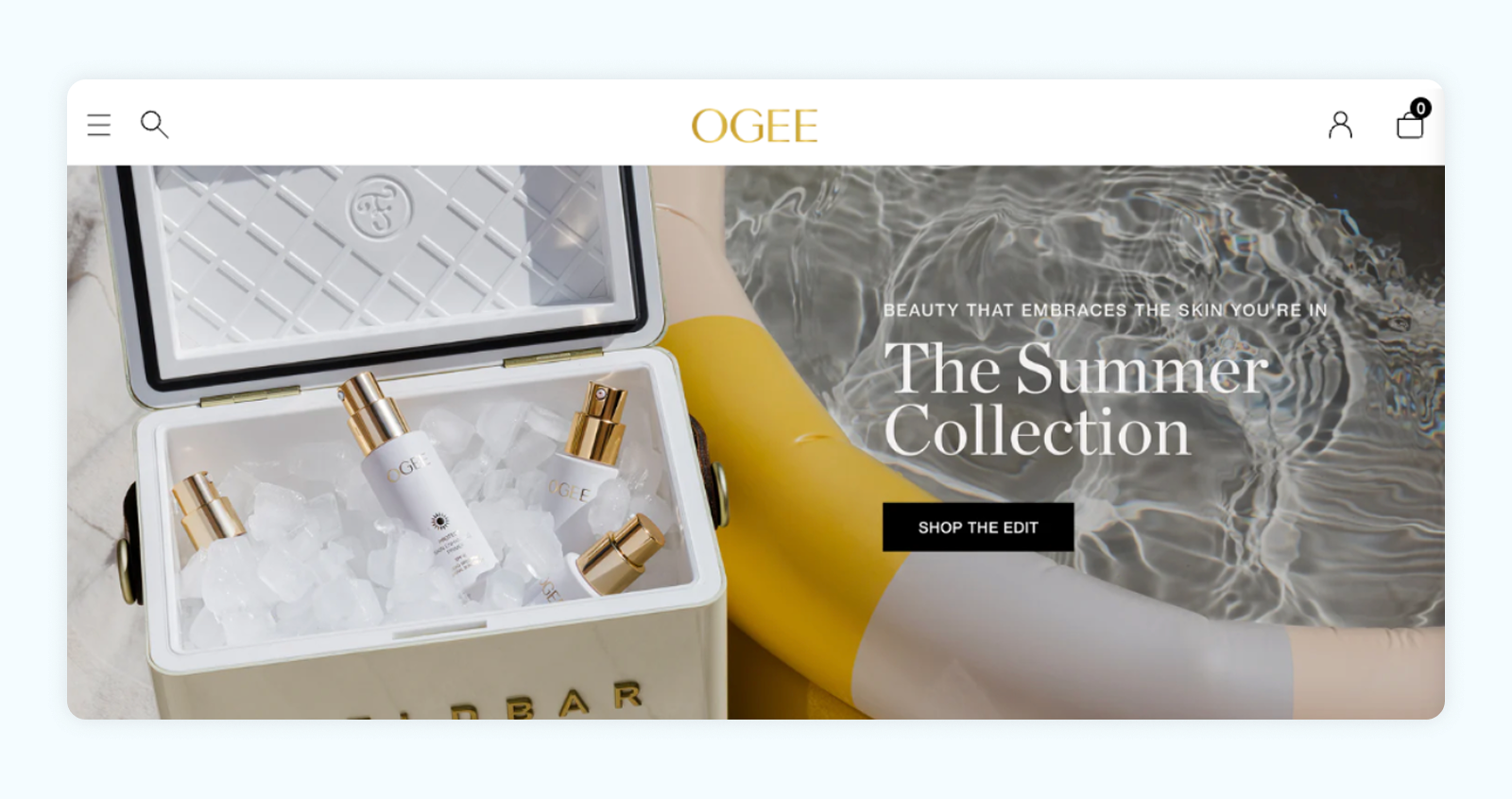
The credit card behemoth puts its energy into proving loyalty to customers. For example, its digital wallet service, Masterpass, gives customers a convenient and secure single payment system from their smartphones, positioning the brand as more of a partner than a vendor.
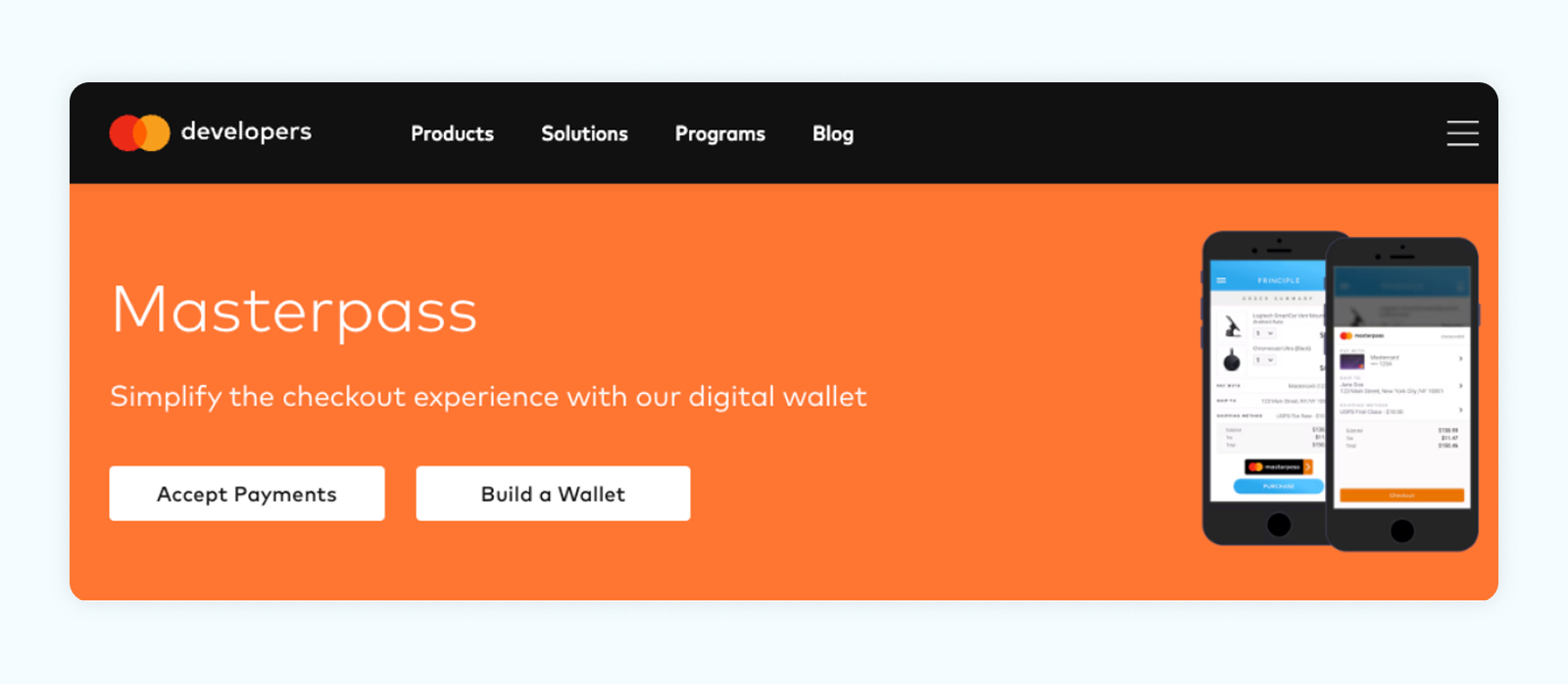
Most consumers expect tailored customer engagement that’s relevant to their past behavior. Uber Eats uses dynamic content to provide messaging to each customer that’s relevant to their location and past interactions. The brand also uses behavior-triggering messaging to encourage customers to re-engage with the app and take advantage of limited-time offers.
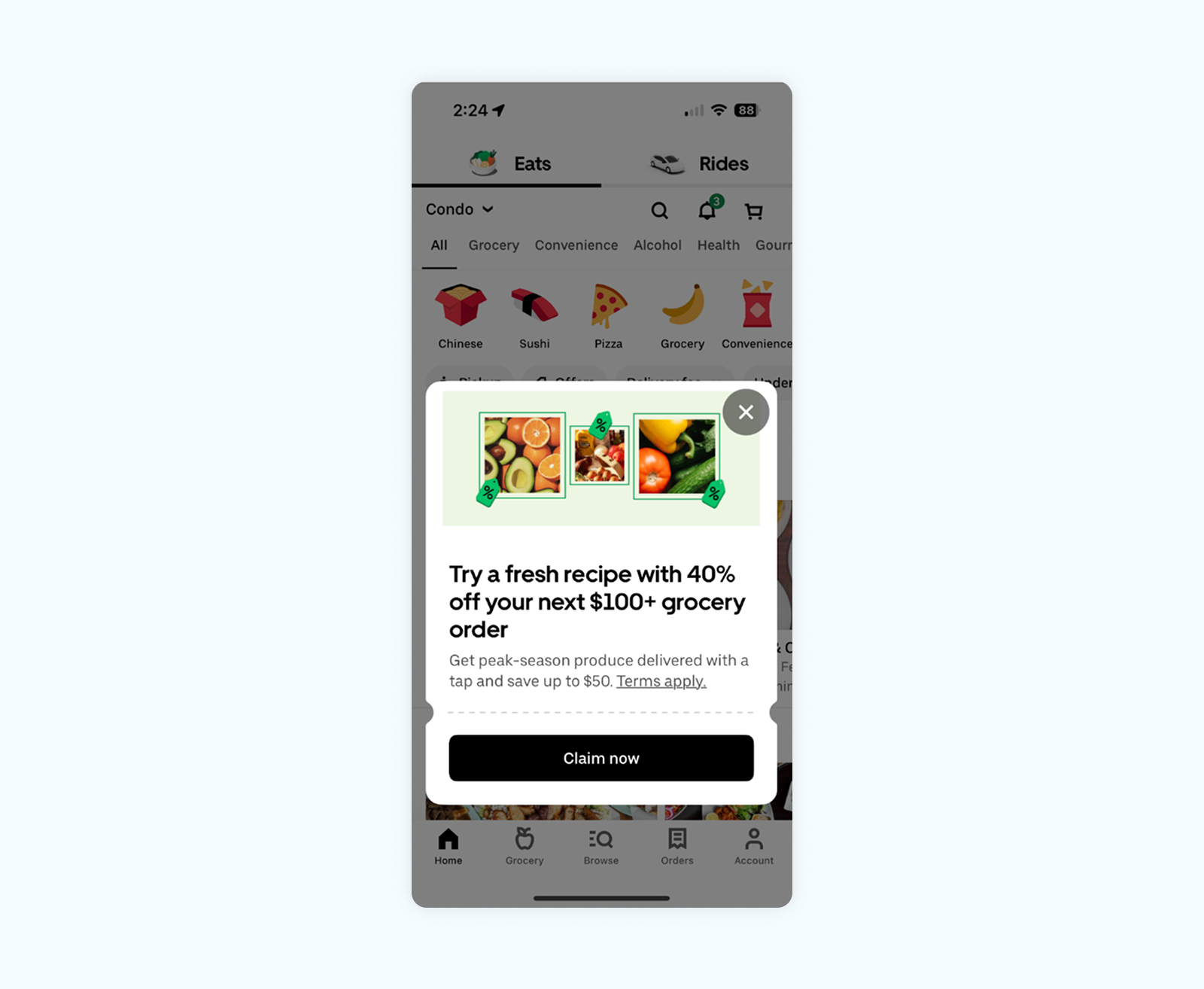
The music streaming giant has gone all in on lead-nurturing emails that include value propositions, such as offering curated music based on each subscriber’s listening habits. These propositions are short and sweet, and they’re not annoying to users. Spotify goes above and beyond by personalizing customized mixes on the app by including the tag line “made for [username].”
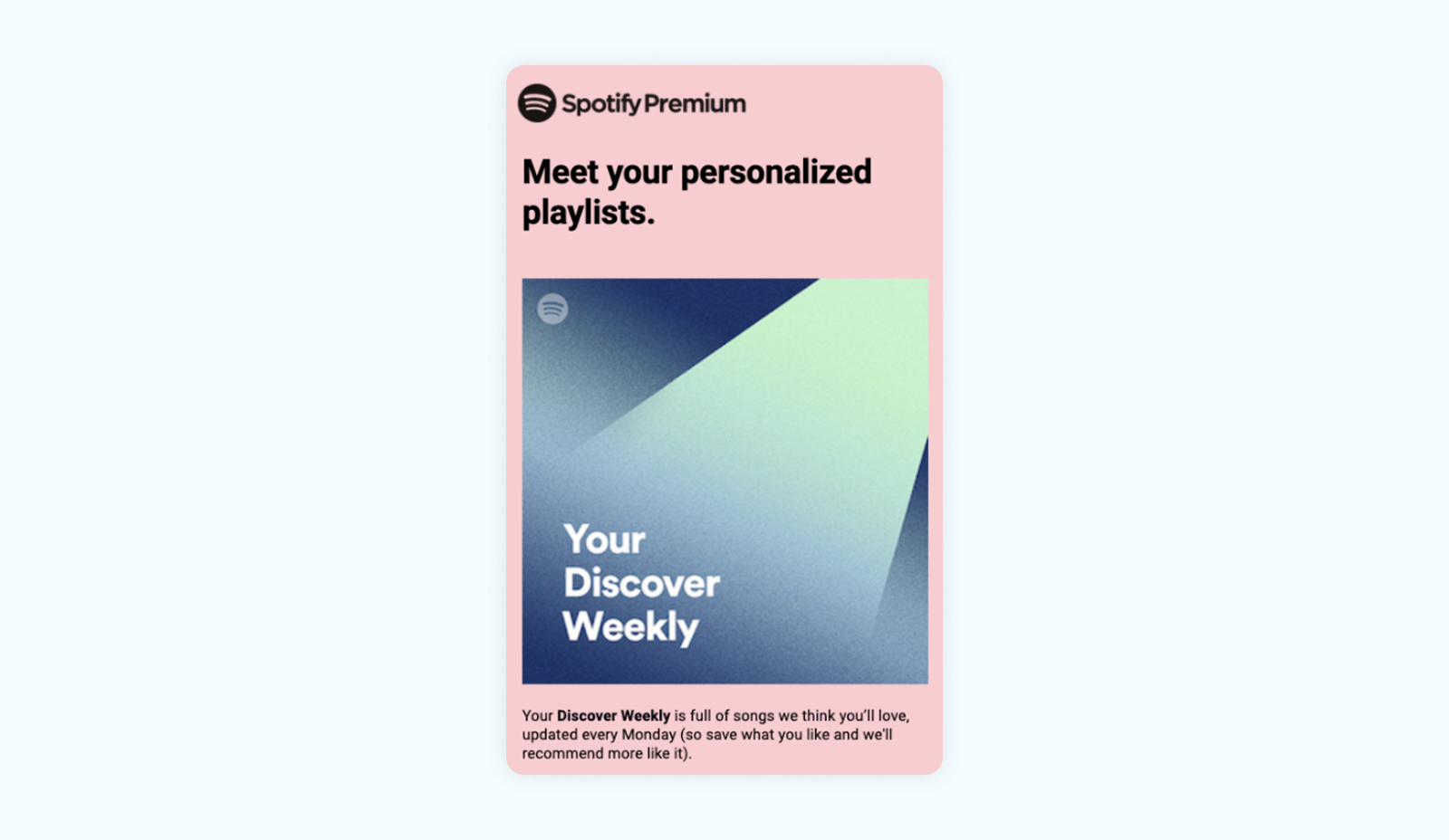
Brands are already using artificial intelligence in top-notch customer engagement strategies to manage tactics like chatbots, live chat, and other forms of 24/7, instant support. And these AI agents are only getting more advanced and conversational, which improves customer interactions at every step of their journey, according to Google.
But some of the latest trends in customer engagement involve using AI to ultra-personalize your customers’ experience. AI can instantaneously analyze their history and preferences to better meet their needs. It can also track data like customer satisfaction to predict which shoppers may be harder to retain and trigger automatic messaging to engage them.
You can also use large language models (LLMs) to quickly synthesize your engagement metrics so you can identify opportunities to optimize your strategy. Triple Whale’s AI Agents can help with this and so much more. Book a demo today!
Customer engagement involves building a positive relationship with your audience to inspire loyalty, retention, and profitability through personalized interactions and messaging.
There are a number of ways to measure customer engagement. And an all-in-one platform like Triple Whale makes gauging the success of these metrics simple.
Understanding what matters to your customers allows you to implement the tips above to improve customer engagement. Stick with it, and over time, you’ll build long-term relationships with customers that benefit you and them.